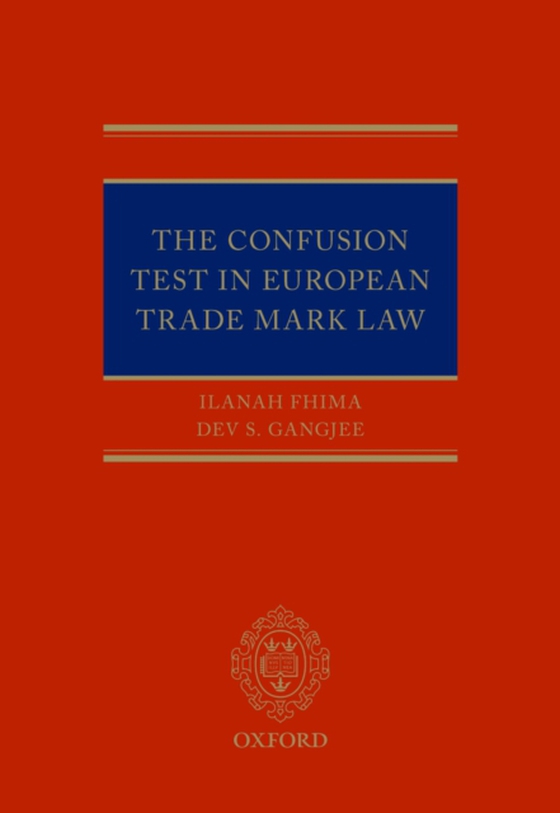
Confusion Test in European Trade Mark Law e-bog
1459,97 DKK
(inkl. moms 1824,96 DKK)
Historically, likelihood of confusion has been the core infringement test for trade mark law, and it remains the most frequently applied test in infringement actions by far. However, there are noticeable differences in how it is applied by the Court of Justice of the European Union (CJEU), the General Court, and national courts; and questionable outcomes when it is applied in novel situations. ...
E-bog
1459,97 DKK
Forlag
OUP Oxford
Udgivet
31 oktober 2019
Længde
344 sider
Genrer
JPSN2
Sprog
English
Format
pdf
Beskyttelse
LCP
ISBN
9780191656064
Historically, likelihood of confusion has been the core infringement test for trade mark law, and it remains the most frequently applied test in infringement actions by far. However, there are noticeable differences in how it is applied by the Court of Justice of the European Union (CJEU), the General Court, and national courts; and questionable outcomes when it is applied in novel situations. This book is the first comprehensive and systematic account of the confusion test within the harmonised European trade mark system. It considers how the test is applied by national trade mark registries across EU member states, by the European Union Intellectual Property Office (EUIPO), by national courts, and by the CJEU. It offers practical guidance, while also evaluating the viability of more recent developments such as initial-interest confusion, post-sale confusion and consumer responsesto uses of trade marks on the internet. The book analyses three distinct strata of legal doctrine: the decisions of the CJEU, including the General Court; the extensive body of decisions by EUIPO; and the application of harmonised trade mark law by courts of member states, focusing on leading decisions as well as wayward ones. It also draws upon the legal position in the US to illuminate these issues.
 Dansk
Dansk

